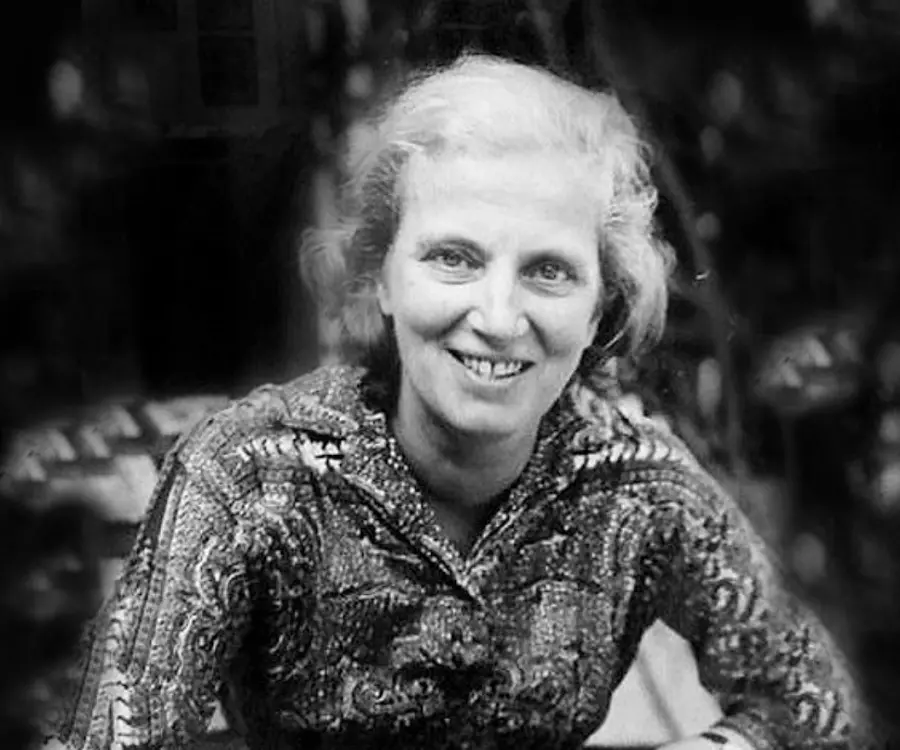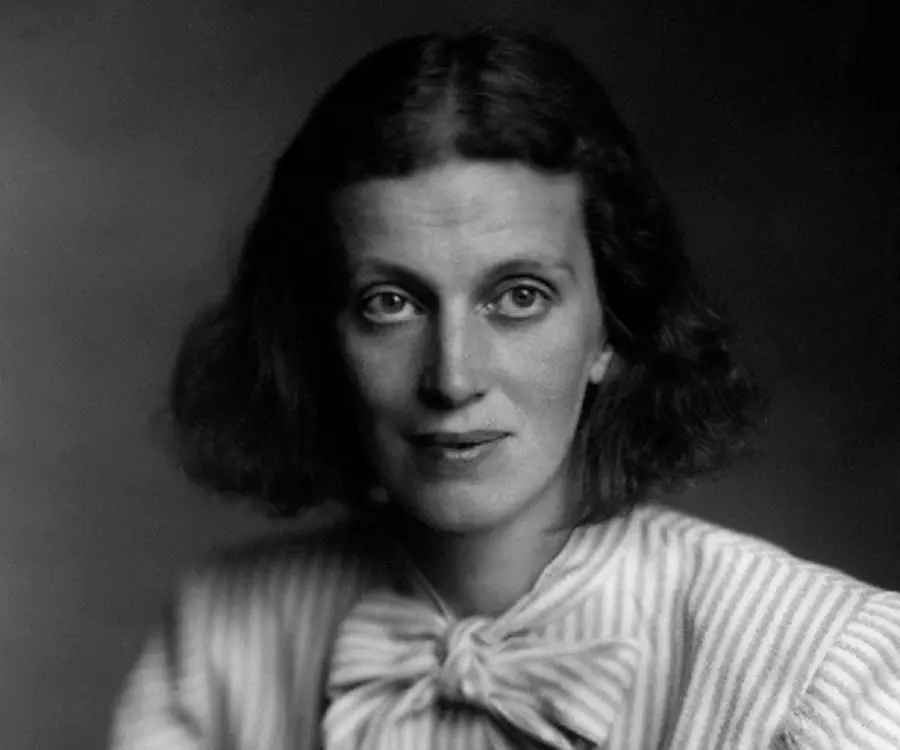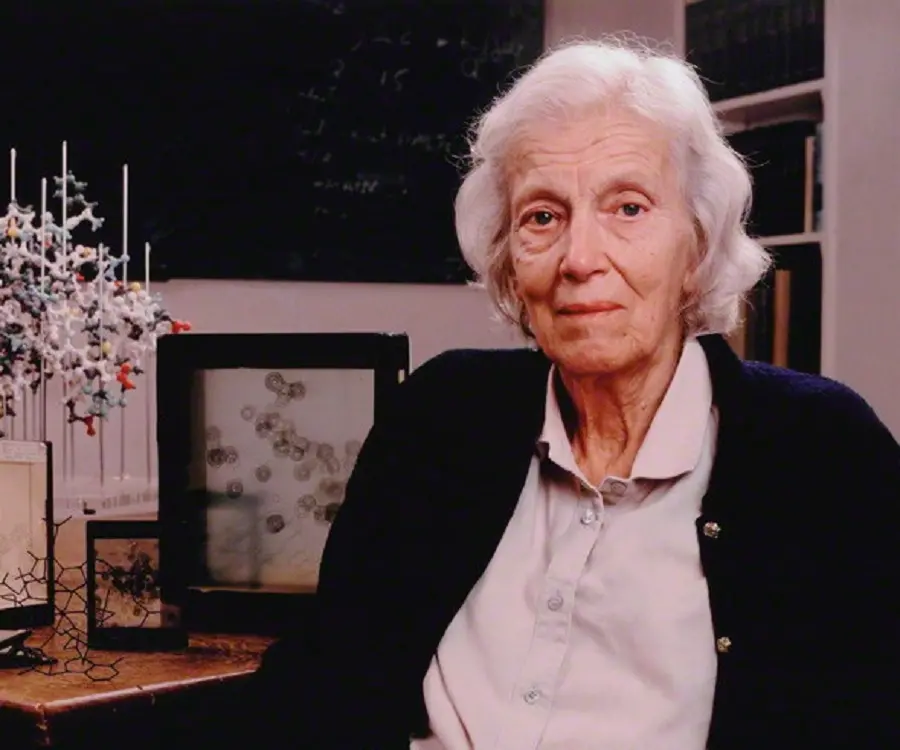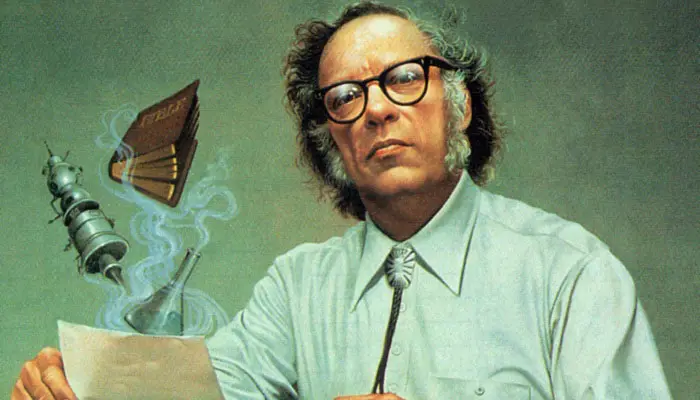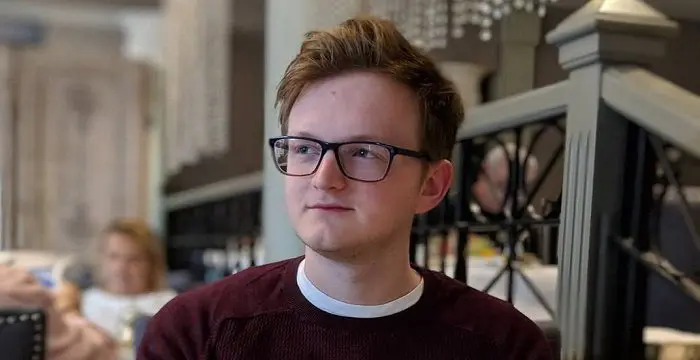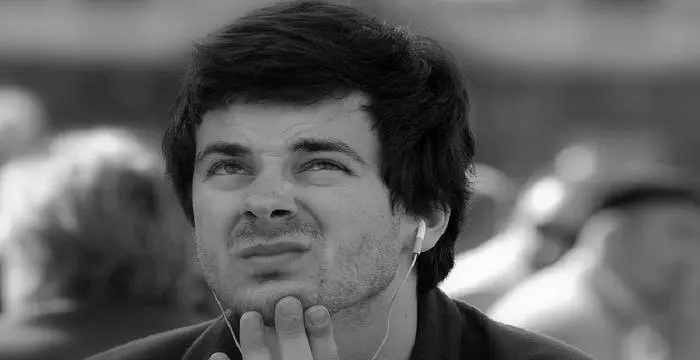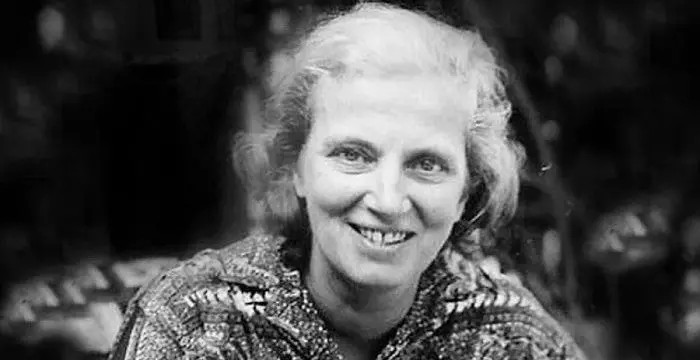
Dorothy Hodgkin - Scientists, Facts and Life
Dorothy Hodgkin's Personal Details
Dorothy Crowfoot Hodgkin was a Nobel Prize winning British biochemist, well-known for her work on the structure of penicillin, insulin and vitamin B12
| Information | Detail |
|---|---|
| Birthday | May 12, 1910 |
| Died on | July 29, 1994 |
| Nationality | British |
| Famous | Scientists, Chemists, Biochemists |
| Spouses | Thomas Hodgkin |
| Known as | Dorothy Mary Crowfoot, Dorothy Crowfoot Hodgkin |
| Childrens | Elizabeth Hodgkin, Luke Hodgkin, Toby Hodgkin |
| Universities |
|
| Birth Place | Cairo |
| Gender | Female |
| Sun Sign | Taurus |
| Born in | Cairo |
| Famous as | Biochemist |
| Died at Age | 84 |
// Famous Scientists
Juliane Koepcke
Juliane Koepcke is a German-Peruvian biologist, who was the lone survivor among the 92 passengers and crew of the ill-fated LANSA Flight 508 that crashed in the Peruvian rainforest on 24 December 1971. Know more about her life in this biography.
Henry Cavendish
Henry Cavendish was a theoretical chemist and physicist, renowned for discovery of hydrogen and calculation of the mass of earth. To know more about his childhood, profile, timeline and career read on
Konstantin Tsiolkovsky
Konstantin Tsiolkovsky was a Russian rocket scientist and a pioneer of astronautics. This biography provides detailed information about his childhood, family, personal life, career, achievements, etc.
Dorothy Hodgkin's photo
Who is Dorothy Hodgkin?
Dorothy Crowfoot Hodgkin was a Nobel Prize winning British biochemist, well-known for her work on the structure of penicillin, insulin and vitamin B12. She became interested in chemistry while she was in school and fought to gain entry into the chemistry class, which until then was reserved for boys. Later, she earned her bachelor’s degree in chemistry from the Somerville College, Oxford and joined the Cambridge University for her doctoral work. However, on receiving fellowship, she went back to Oxford within two years and finished her work. One year before she received her PhD, she was appointed as an Official Fellow and a Tutor in Natural Science at the Somerville College and remained there until her retirement. However, life was never easy for her. Her laboratory was located in one corner of the Natural History Museum and she had to collect money to install an X-ray machine there. Initially, she was not taken seriously by students and faculties; but her grit and talent won in the end and she soon gained their respect. She was also a very good human being and was greatly concerned about social inequities.
// Famous Biochemists
Robert Huber
Robert Huber is a German biochemist and Nobel Laureate. Check out this biography to know about his childhood, life, achievements, works & timeline.
Charles Best
Charles Best was a great scientist and a renowned physiologist who is remembered for being the co-discoverer of insulin. Read this biography to learn about his profile, childhood, life and timeline.
Isaac Asimov
Isaac Asimov was an American professor of biochemistry and a renowned author of science fiction and popular science books. Read this biography to know more about his life.
Childhood & Early Life
Dorothy Hodgkin was born as Dorothy Mary Crowfoot on 12 May 1910, in Cairo, Egypt to renowned archeologists, John Winter Crowfoot and Grace Mary Crowfoot née Hood. She was the eldest of her parents’ four daughters.
Initially, Dorothy lived with her parents in Egypt. In 1914, while on a yearly visit to her grandparents, the family was caught up in the First World War. Subsequently, her parents returned to Egypt, leaving four year old Dorothy and her two younger sisters with her grandparents at Worthing, West Sussex.
Since that time, she lived apart from her parents. After the war, Grace Crowfoot came back to England for one year. By that time, her youngest daughter was born. She shifted the family first to Nettleham, Lincolnshire and then to Beccles in Suffolk.
At Beccles, Dorothy was first admitted to the Parents’ National Educational Union School. In 1921, she was shifted to Sir John Leman School, where she studied till 1927. In this school, girls were not allowed to attend chemistry classes. However, Dorothy gave a tough fight and was ultimately allowed an entry.
In 1927, Dorothy earned her school leaving certificate with distinction in six subjects. Subsequently, she spent one year studying botany and Latin.
In 1928, she entered Somerville College, Oxford with chemistry and physics. For a brief period, she also studied archeology.
During her college days, she also attended special classes on crystallography and in the fourth year, she did her research project on X-ray crystallography. In 1932, after graduating with a first class honors degree in chemistry from Oxford, Dorothy Hodgkin entered the University of Cambridge for her doctoral work.
Here she worked under John Desmond Bernal on steroids, which became the subject of her thesis. She also conducted experiment on pepsin. In 1933, she was awarded a two-year research fellowship by Somerville College, of which, she spent the first year in Cambridge and the second year in Oxford.
On returning to Oxford in 1934, Hodgkin continued the research on the sterols and on other biologically interesting molecules like insulin. Once the Fellowship ended, she received assistance from Rockefeller and Nuffield Foundations and continued her work; finally receiving her PhD in 1937.
Career
Meanwhile in 1936, a year before she received her PhD, Dorothy Hodgkin was appointed as an Official Fellow and a Tutor in Natural Science at the Somerville College in Oxford. She remained with the University till her retirement in 1977.
*Initially, she worked in the Department of Mineralogy and Crystallography. Later when department was divided Hodgkin continued her work in the sub-department of Chemical Crystallography. However, because she was a woman, she was officially barred from attending research meetings of the faculty chemistry club.
In the initial period, the laboratory condition was also very primitive. It was housed in one corner of Oxford University Museum of Natural History. It had only one window, which was accessed through a rickety staircase. Neither did she have any student to work under her.
Slowly, she began to collect money and with that she bought X-ray apparatus for her laboratory. Once that was done, she began to take X-ray photographs of insulin, a study she began in 1934.
However, taking photos was the easier part of the job. To study them, she had to climb the rickety stairs and reach the window, which was the only source of light. By and by, her perseverance and talent won over the students; then the faculty members too began to notice her.
Since the days of her doctoral studies, Hodgkin had also been working with cholesteryls. As the Second World War set in and John Desmond Bernal laboratory was evacuated to Oxford, she began to work with Bernal’s student C. H. Carlisle on cholesteryl iodide. By 1945 they were able to elucidate their structure.
Also in 1945, she applied for a new readership in chemical crystallography. Although she was denied the post, in 1946, she was made a University lecturer and demonstrator. However, her status as a leading crystallographer was recognized in the following year when she became a member of the Royal Society.
In 1948, Hodgkin began her research on the structure of Vitamin B-12. After years of research work she and her team were able to publish the final paper in 1955.
In 1956, she became the University Reader in X-ray Crystallography and in 1960, the Wolfson Research Professor of the Royal Society. During this time, she began regretting that she did not pursue her research on the structure of insulin and started working on it now.
In 1956, she obtained crystals of pig insulin containing either two or four zinc atoms and started working with them. After years of painstaking research she was finally able to resolve its structure in 1969.
In the following years, she collaborated with other laboratories, which were doing research on insulin. In addition to that she also devoted lot of her time trying to create awareness about its function.
Major Works
Dorothy Hodgkin is best known for her determination of the biochemical structure of penicillin G, vitamin B-12 and insulin. Among them, she took up her research in penicillin sometime in 1942.
Awards & Achievements
In 1956, she received the Royal Medal from the Royal Society "in recognition of her distinguished work in the elucidation of structures of penicillin, vitamin B12 and other important compounds by the methods of X-ray crystallography."
In 1964, Dorothy Crowfoot Hodgkin was awarded the Nobel Prize in Chemistry "for her determinations by X-ray techniques of the structures of important biochemical substances".
In 1965, she was made a member of the Order of Merit.
In 1976, she was awarded the Copley Medal by the Royal Society "in recognition of her outstanding work on the structures of complex molecules, particularly Penicillin, vitamin B12 and insulin".
In 1982, she received the Lomonosov Gold Medal from the Russian Academy of Science “for outstanding achievements in biochemistry and crystal chemistry”.
Personal Life & Legacy
In 1937, Dorothy Hodgkin married Thomas Lionel Hodgkin, who later became a well-known Oxford lecturer. He also authored number of books on African history and politics. The couple had three children: Luke (born 1938), Elizabeth (born 1941) and Toby (born 1946).
Her scientific mentor, Professor John Desmond Bernal, also had great influence on her life. Although she always referred to him as ‘Sage’, there was a rumor that they were lovers.
From the age of 24, Dorothy Crowfoot Hodgkin suffered from rheumatoid arthritis, which became progressively worse and crippled her hands and feet. Eventually she became wheelchair bound; yet remained scientifically active.
She died on July 29 1994 after a stroke at her home in Warwickshire, England.
She was one of five 'Women of Achievement' selected for a set of British stamps issued in August 1996.
In 2010, the Royal Society celebrated its 350th anniversary with the publication of 10 stamps honoring its most illustrious members; Dorothy Hodgkin was second of them.
Trivia
Until 1949, Dorothy published her works under her maiden name Dorothy Crowfoot. Subsequently, she was persuaded to use her married name for research work publications and from then on she began to publish her works as Dorothy Crowfoot Hodgkin.
British Prime Minister, Margaret Thatcher was one of her students. It was she who put up Dorothy Hodgkin’s portrait at 10, Downing Street, the official residence of the British Prime Minister.
// Famous Chemists
Henry Cavendish
Henry Cavendish was a theoretical chemist and physicist, renowned for discovery of hydrogen and calculation of the mass of earth. To know more about his childhood, profile, timeline and career read on
Walter Kohn
Nobel Laureate Walter Kohn was an Austrian-born American theoretical chemist and physicist. Check out this biography to know about his childhood, life, achievements, works & timeline.
Jabir Ibn Hayyan
Jabir Ibn Hayyan was a medieval era polymath. Check out this biography to know about his life, works and achievements.
Dorothy Hodgkin's awards
| Year | Name | Award |
|---|---|---|
Other | ||
| 0 | 1964 - Nobel Prize in Chemistry | |
| 0 | 1976 - Copley Medal | |
| 0 | 1956 - Royal Medal | |
| 0 | 1982 - Lomonosov Gold Medal | |
Dorothy Hodgkin biography timelines
- // 12th May 1910Dorothy Hodgkin was born as Dorothy Mary Crowfoot on 12 May 1910, in Cairo, Egypt to renowned archeologists, John Winter Crowfoot and Grace Mary Crowfoot née Hood. She was the eldest of her parents’ four daughters.
- // 1914Initially, Dorothy lived with her parents in Egypt. In 1914, while on a yearly visit to her grandparents, the family was caught up in the First World War. Subsequently, her parents returned to Egypt, leaving four year old Dorothy and her two younger sisters with her grandparents at Worthing, West Sussex.
- // 1921 To 1927At Beccles, Dorothy was first admitted to the Parents’ National Educational Union School. In 1921, she was shifted to Sir John Leman School, where she studied till 1927. In this school, girls were not allowed to attend chemistry classes. However, Dorothy gave a tough fight and was ultimately allowed an entry.
- // 1927In 1927, Dorothy earned her school leaving certificate with distinction in six subjects. Subsequently, she spent one year studying botany and Latin.
- // 1928In 1928, she entered Somerville College, Oxford with chemistry and physics. For a brief period, she also studied archeology.
- // 1932During her college days, she also attended special classes on crystallography and in the fourth year, she did her research project on X-ray crystallography. In 1932, after graduating with a first class honors degree in chemistry from Oxford, Dorothy Hodgkin entered the University of Cambridge for her doctoral work.
- // 1933Here she worked under John Desmond Bernal on steroids, which became the subject of her thesis. She also conducted experiment on pepsin. In 1933, she was awarded a two-year research fellowship by Somerville College, of which, she spent the first year in Cambridge and the second year in Oxford.
- // 1934 To 1937On returning to Oxford in 1934, Hodgkin continued the research on the sterols and on other biologically interesting molecules like insulin. Once the Fellowship ended, she received assistance from Rockefeller and Nuffield Foundations and continued her work; finally receiving her PhD in 1937.
- // 1936 To 1977Meanwhile in 1936, a year before she received her PhD, Dorothy Hodgkin was appointed as an Official Fellow and a Tutor in Natural Science at the Somerville College in Oxford. She remained with the University till her retirement in 1977.
- // 1937In 1937, Dorothy Hodgkin married Thomas Lionel Hodgkin, who later became a well-known Oxford lecturer. He also authored number of books on African history and politics. The couple had three children: Luke (born 1938), Elizabeth (born 1941) and Toby (born 1946).
- // 1945However, taking photos was the easier part of the job. To study them, she had to climb the rickety stairs and reach the window, which was the only source of light. By and by, her perseverance and talent won over the students; then the faculty members too began to notice her.
- // 1945Since the days of her doctoral studies, Hodgkin had also been working with cholesteryls. As the Second World War set in and John Desmond Bernal laboratory was evacuated to Oxford, she began to work with Bernal’s student C. H. Carlisle on cholesteryl iodide. By 1945 they were able to elucidate their structure.
- // 1946Also in 1945, she applied for a new readership in chemical crystallography. Although she was denied the post, in 1946, she was made a University lecturer and demonstrator. However, her status as a leading crystallographer was recognized in the following year when she became a member of the Royal Society.
- // 1948 To 1955In 1948, Hodgkin began her research on the structure of Vitamin B-12. After years of research work she and her team were able to publish the final paper in 1955.
- // 1956In 1956, she became the University Reader in X-ray Crystallography and in 1960, the Wolfson Research Professor of the Royal Society. During this time, she began regretting that she did not pursue her research on the structure of insulin and started working on it now.
- // 1956In 1956, she obtained crystals of pig insulin containing either two or four zinc atoms and started working with them. After years of painstaking research she was finally able to resolve its structure in 1969.
- // 1956In 1956, she received the Royal Medal from the Royal Society "in recognition of her distinguished work in the elucidation of structures of penicillin, vitamin B12 and other important compounds by the methods of X-ray crystallography."
- // 1964In 1964, Dorothy Crowfoot Hodgkin was awarded the Nobel Prize in Chemistry "for her determinations by X-ray techniques of the structures of important biochemical substances".
- // 1965In 1965, she was made a member of the Order of Merit.
- // 1976In 1976, she was awarded the Copley Medal by the Royal Society "in recognition of her outstanding work on the structures of complex molecules, particularly Penicillin, vitamin B12 and insulin".
- // 1982In 1982, she received the Lomonosov Gold Medal from the Russian Academy of Science “for outstanding achievements in biochemistry and crystal chemistry”.
- // 29th Jul 1994She died on July 29 1994 after a stroke at her home in Warwickshire, England.
// Famous British peoples
Wentworth Miller
Wentworth Miller is an American actor and screenwriter who achieved recognition for his role in the TV series ‘Prison Break’.
Sophie Reade
Sophie Victoria Reade is a British model and reality show star. Let’s take a look at her family and personal life, including her age, birthday, boyfriends, and some interesting facts.
Josh Temple
Check out all that you wanted to know about Josh Temple (Slogoman), the famous British YouTube Personality; his birthday, his family and personal life, his girlfriends, fun trivia facts and more.
Yammy Xox
Check out all that you wanted to know about Yammy Xox, the famous British YouTube Personality; her birthday, her family and personal life, her boyfriends, fun trivia facts and more.
Grian
Grian is an English YouTube gamer and social media influencer. Check out this biography to know about his birthday, childhood, family life, achievements and fun facts about him.
Benjamin Atkinson
Benjamin Atkinson is the son of the world-renowned British actor and comedian, Rowan Atkinson. Check out this biography to know about his childhood, family, personal life, including his age, birthday, etc.
Dorothy Hodgkin's FAQ
What is Dorothy Hodgkin birthday?
Dorothy Hodgkin was born at 1910-05-12
When was Dorothy Hodgkin died?
Dorothy Hodgkin was died at 1994-07-29
Where was Dorothy Hodgkin died?
Dorothy Hodgkin was died in Ilmington
Which age was Dorothy Hodgkin died?
Dorothy Hodgkin was died at age 84
Where is Dorothy Hodgkin's birth place?
Dorothy Hodgkin was born in Cairo
What is Dorothy Hodgkin nationalities?
Dorothy Hodgkin's nationalities is British
Who is Dorothy Hodgkin spouses?
Dorothy Hodgkin's spouses is Thomas Hodgkin
Who is Dorothy Hodgkin childrens?
Dorothy Hodgkin's childrens is Elizabeth Hodgkin, Luke Hodgkin, Toby Hodgkin
What was Dorothy Hodgkin universities?
Dorothy Hodgkin studied at University of Cambridge, Somerville College, Oxford
What is Dorothy Hodgkin's sun sign?
Dorothy Hodgkin is Taurus
How famous is Dorothy Hodgkin?
Dorothy Hodgkin is famouse as Biochemist



